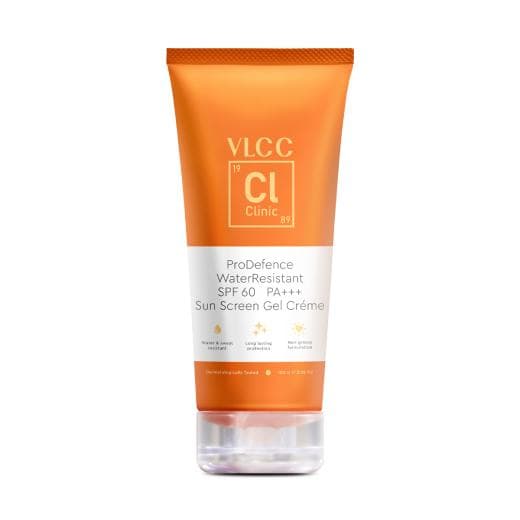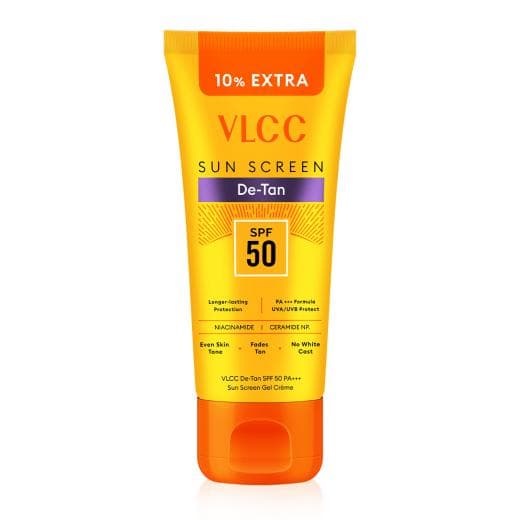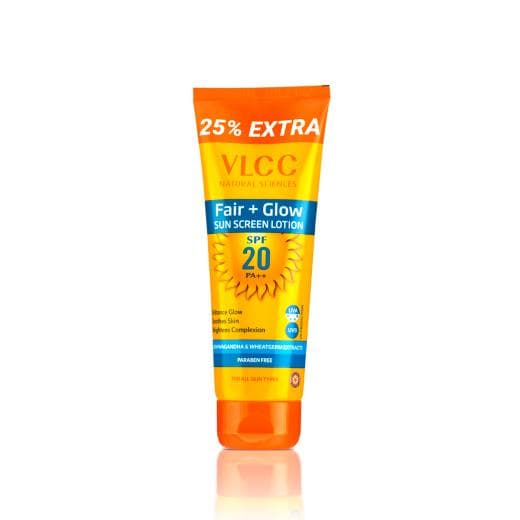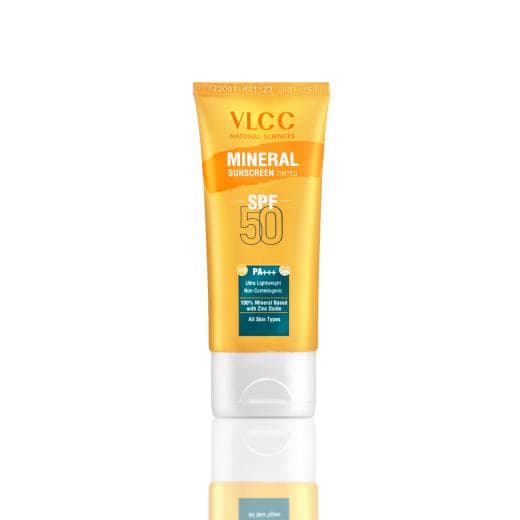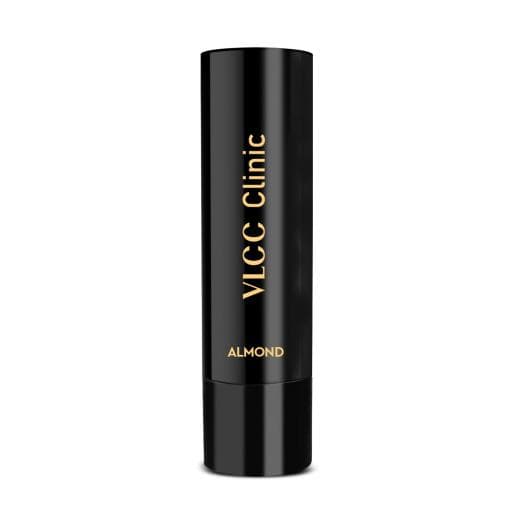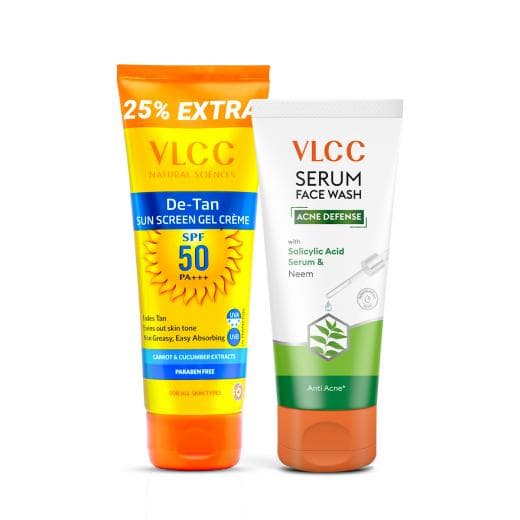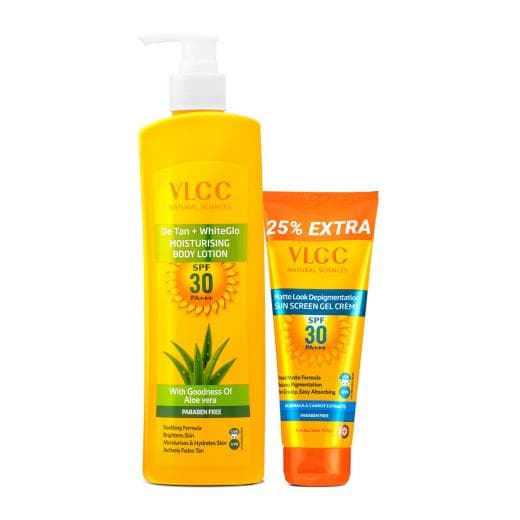UV rays are classified into two types: UVA and UVB. Both penetrate the skin’s layers and trigger a response in your skin cells, leading to a darker complexion.
UVA rays are primarily responsible for giving you a tan. These rays penetrate the lower layers of the skin, prompting the production of melanin, the pigment responsible for skin colour.
UVB rays mainly cause sunburn. They affect the upper layers of the skin and can be more damaging than UVA rays.
Both UVA and UVB rays can lead to different forms of skin cancer, including melanoma, which can be life-threatening.
Here are a few tips to prevent tanning:
Use broad-spectrum sunscreen
Broad-spectrum sunscreens protect against both UVA and UVB rays. Choose a sunscreen with at least SPF 30 to ensure proper coverage.
Apply sunscreen daily
Even on cloudy days, UV rays can penetrate and cause skin damage. Make sunscreen application a daily habit, especially if you plan to spend time outdoors.
Reapply after swimming or sweating
Water and sweat can wash away sunscreen, leaving your skin vulnerable. Always reapply after swimming or engaging in activities that cause perspiration.
Avoid peak sun hours
The sun’s rays are strongest between 10 a.m. and 4 p.m. Limit your time outside during these hours to minimise UV exposure.
Consider sunless tanning products
If you’re looking for a tan without the risks of UV exposure, consider self-tanning lotions, sprays, or gradual tanning moisturisers that provide a bronzed glow without the harmful side effects.


























